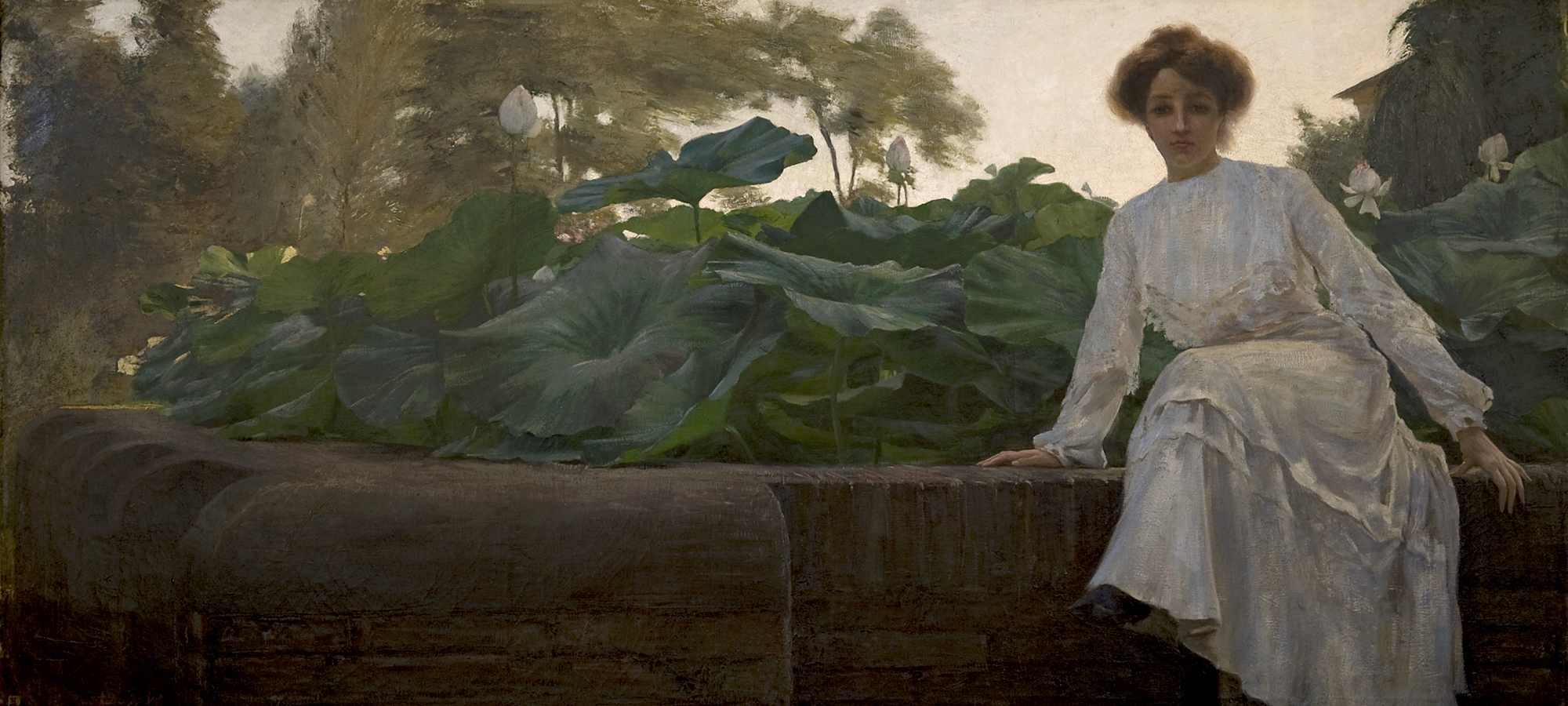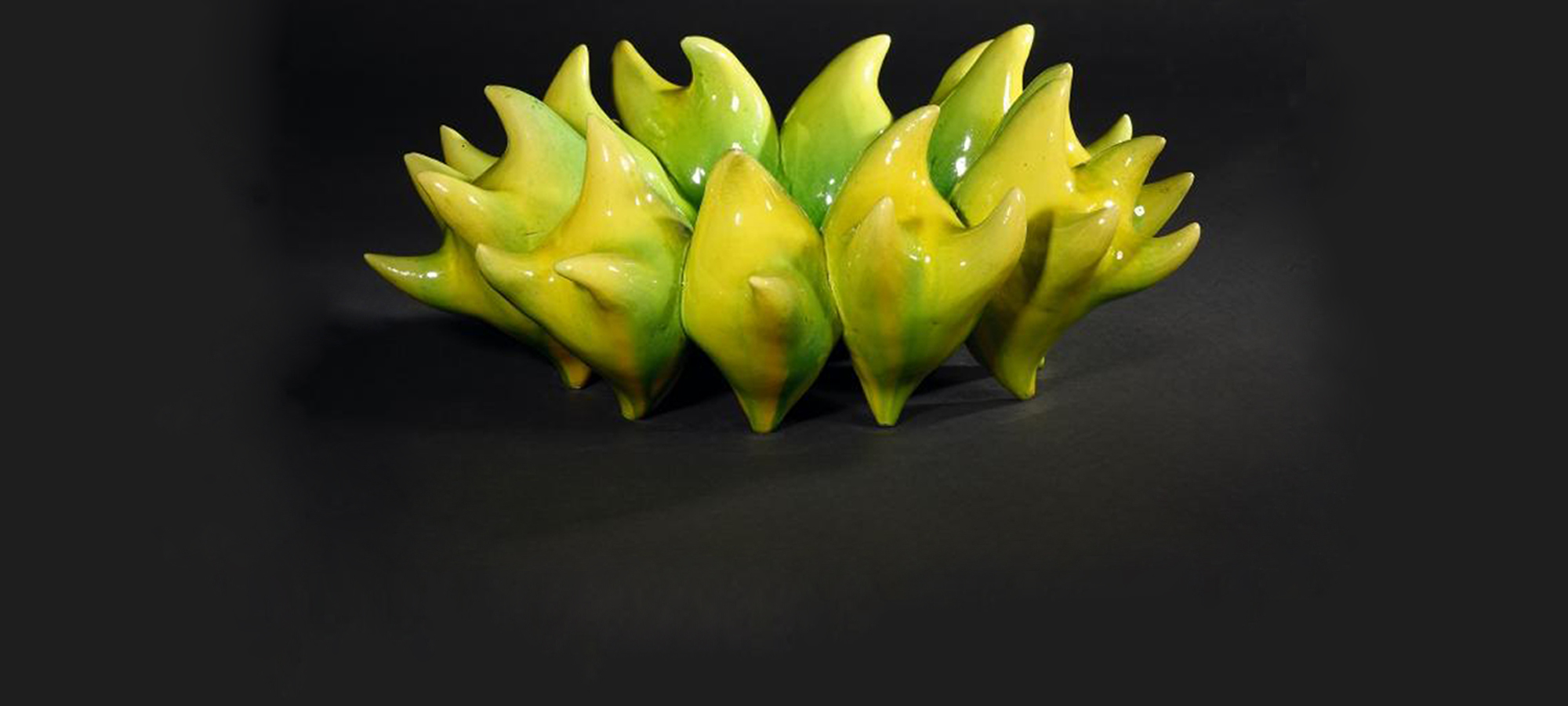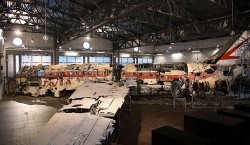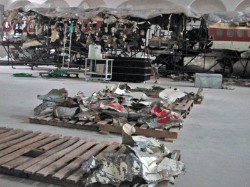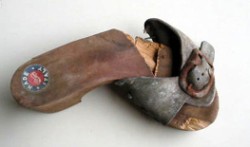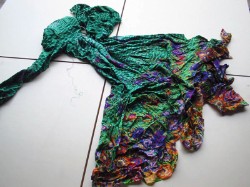Museo per la memoria di Ustica





Bologna (BO)
Arte concettuale
Arte contemporanea attuale (1950 ad oggi)
Storico monografico
Storia contemporanea
Il progetto è stato realizzato dall'Associazione dei Parenti delle Vittime della Strage di Ustica, presieduto da Daria Bonfietti, con la collaborazione di Comune e Provincia di Bologna, Regione Emilia Romagna, Ministero della Giustizia, Ministero per i Beni Culturali, Fondazione Carisbo.


